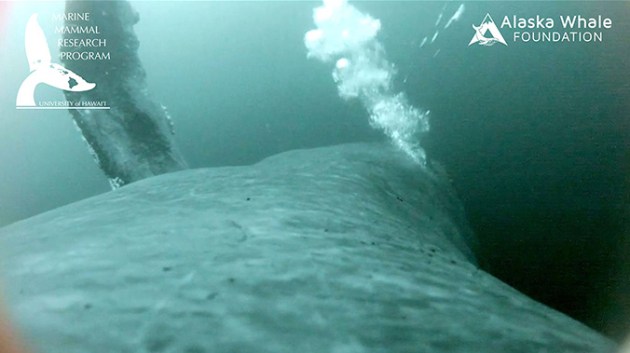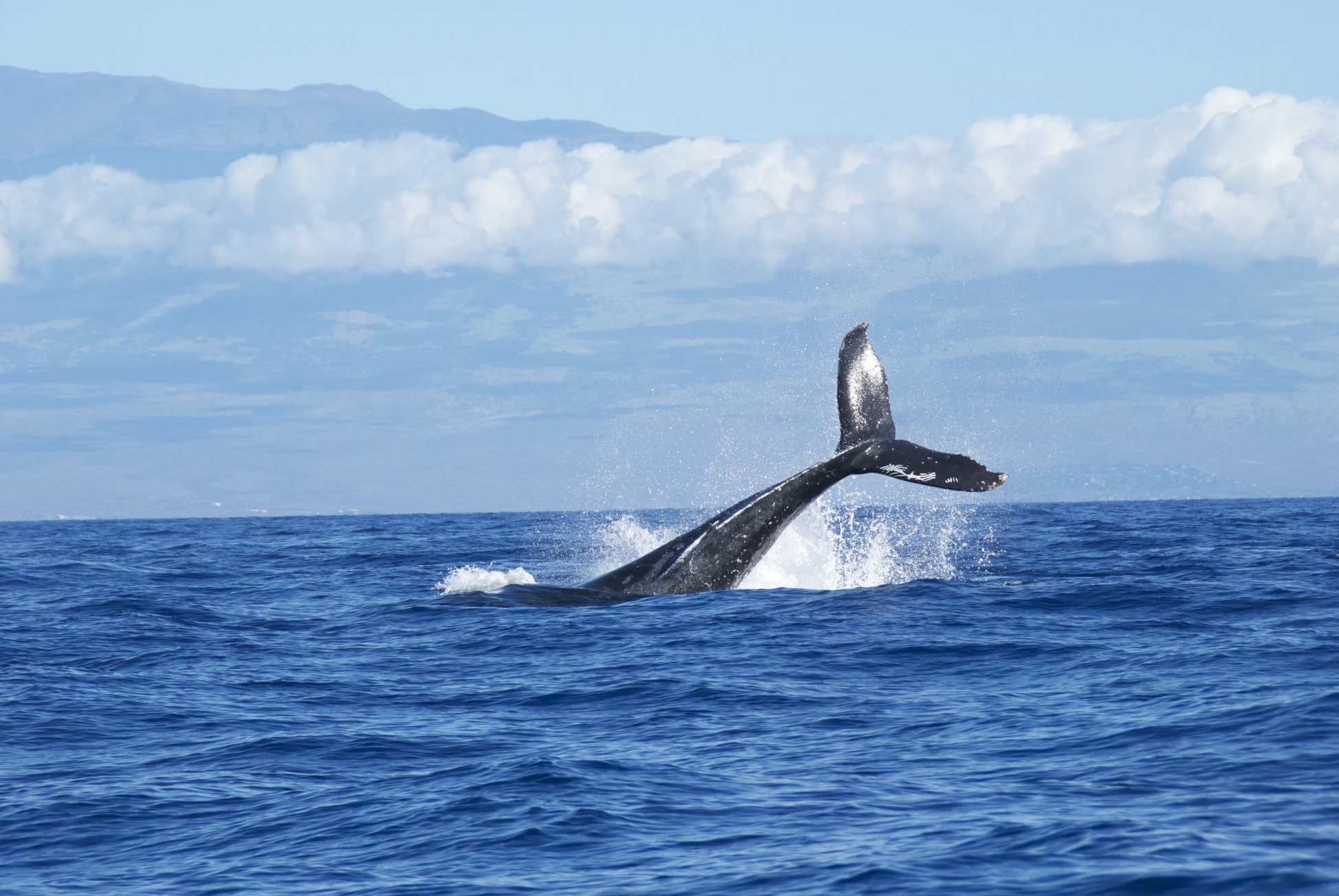- Inspiring People -
- 3mins -
- 86 views
Watch this mesmerising video of whales blowing bubbles to catch a meal
The University of Hawai’i captured drone and underwater footage of how humpback whales use bubble-net fishing to round up krill.
See humpback whales use bubble-net fishing to round up krill
Humpback whales have devised a clever way of catching prey. As these gentle giants don’t have opposable thumbs to weave fishing nets, they use what they have got instead: bubbles from their blowholes! A team led by researchers at the University of Hawaii at Manoa captured spectacular footage of humpback whales using a technique called bubble-net fishing in the waters near Alaska. The whales were piling on the blubber before heading to Hawaii to breed.

What is bubble-net fishing?
Bubble-net fishing involves a group of whales near the ocean surface rounding up fish or krill inside a circle of bubbles exhaled from their blowholes. As the whales rise toward the surface, they corral the fish in the bubble net. It’s a cooperative behavior that results in a good meal for the participants.
The team used drones to capture the view from above. Cameras and sensors attached to the whales by suction cups gathered video and data from the whale’s point of view. Put the two together and you get an incredibly detailed look at this fascinating feeding behavior.
Lars Bejder, director of the university’s Marine Mammal Research Program, called the footage "groundbreaking."
"We’re observing how these animals are manipulating their prey and preparing the prey for capture. It is allowing us to gain new insights that we really haven’t been able to do before," he said in a release on Sunday.
Source: CNET

The data helps scientists understand more about the behaviour of these behemoths of the deep
The team from Hawaii worked with PhD student Will Gough and other members of Stanford University’s Goldbogen Lab and the Bio-telemetry and Behavioral Ecology Lab at the University of California, Santa Cruz.
Using suction-cup tags fitted with cameras and accelerometers, researchers hope to gain an understanding of how humpback whales in Alaska feed and how some whales use bubbles to optimise their consumption of krill by producing bubble-nets.
The video and accelerometer data coupled with the drone data, are providing insights into the fine-scale details of how the whales carry out this behaviour and how often they must do this to gain enough energy and weight before they migrate back down to Hawaii to breed and mate.
“We have two angles. The drone’s perspective is showing us these bubble nets and how the bubbles are starting to come to the surface and how the animals come up through the bubble net as they surface, while the cameras on the whales are showing us the animal’s perspective,” said Bejder “So overlaying these two data sets is quite exciting.”
He says about 3,000 humpback whales visit Alaska during the summer feeding period, and up to 10,000 are in Hawaiʻi for the winter breeding period. When the whales leave their foraging grounds and migrate 3,000 miles, they stop eating until their return several months later.
Females in Hawaii are using large amounts of energy when they give birth, lactate and raise their offspring before migrating back to their foraging grounds.
Source: Hawaii.edu
WATCH AS 40-TON HUMPBACK WHALE JUMPS CLEAR OUT OF THE WATER AND STUNS ONLOOKERS

